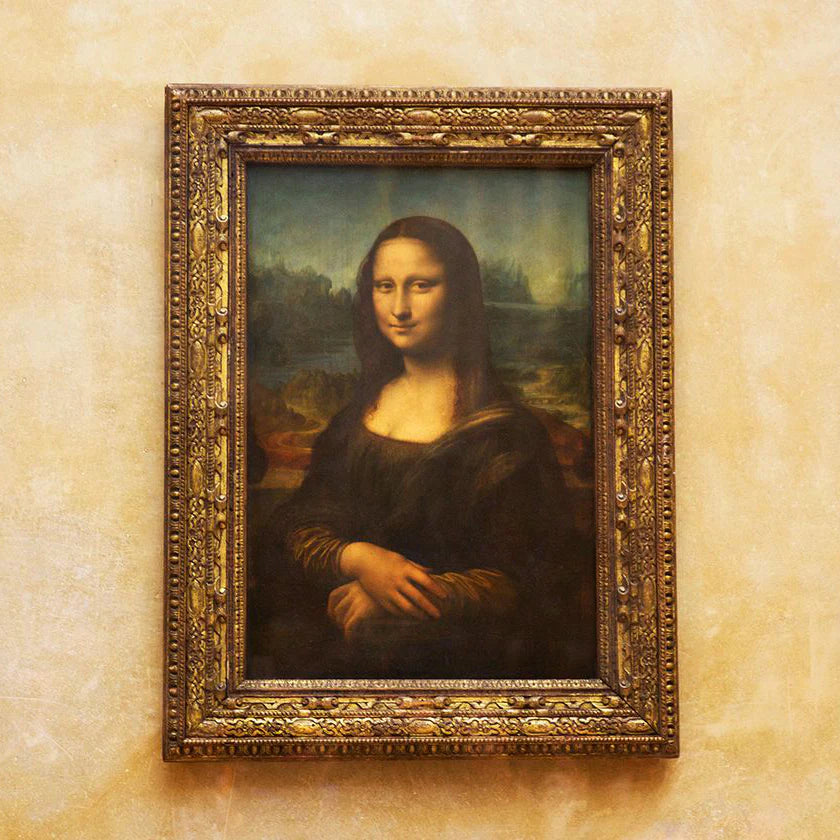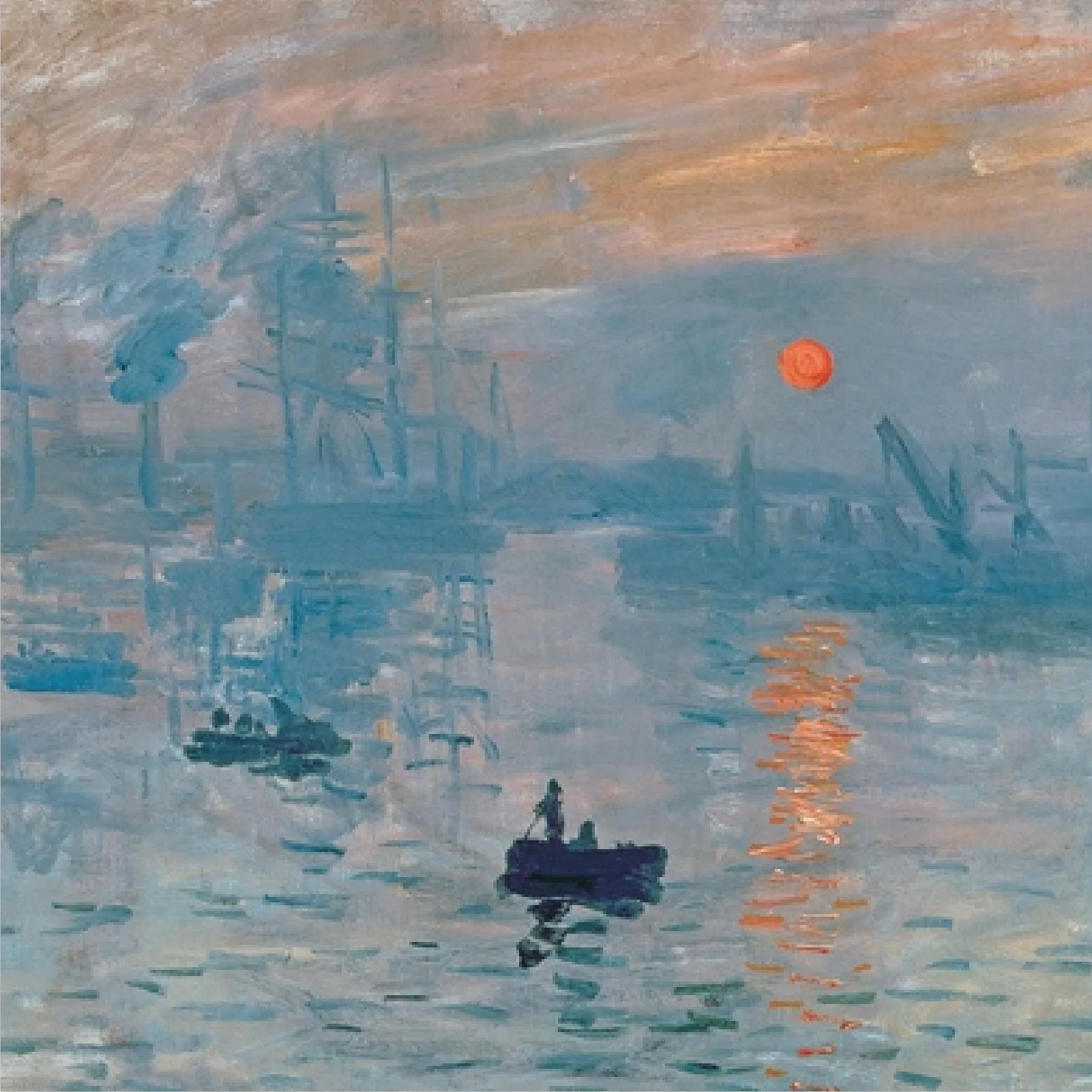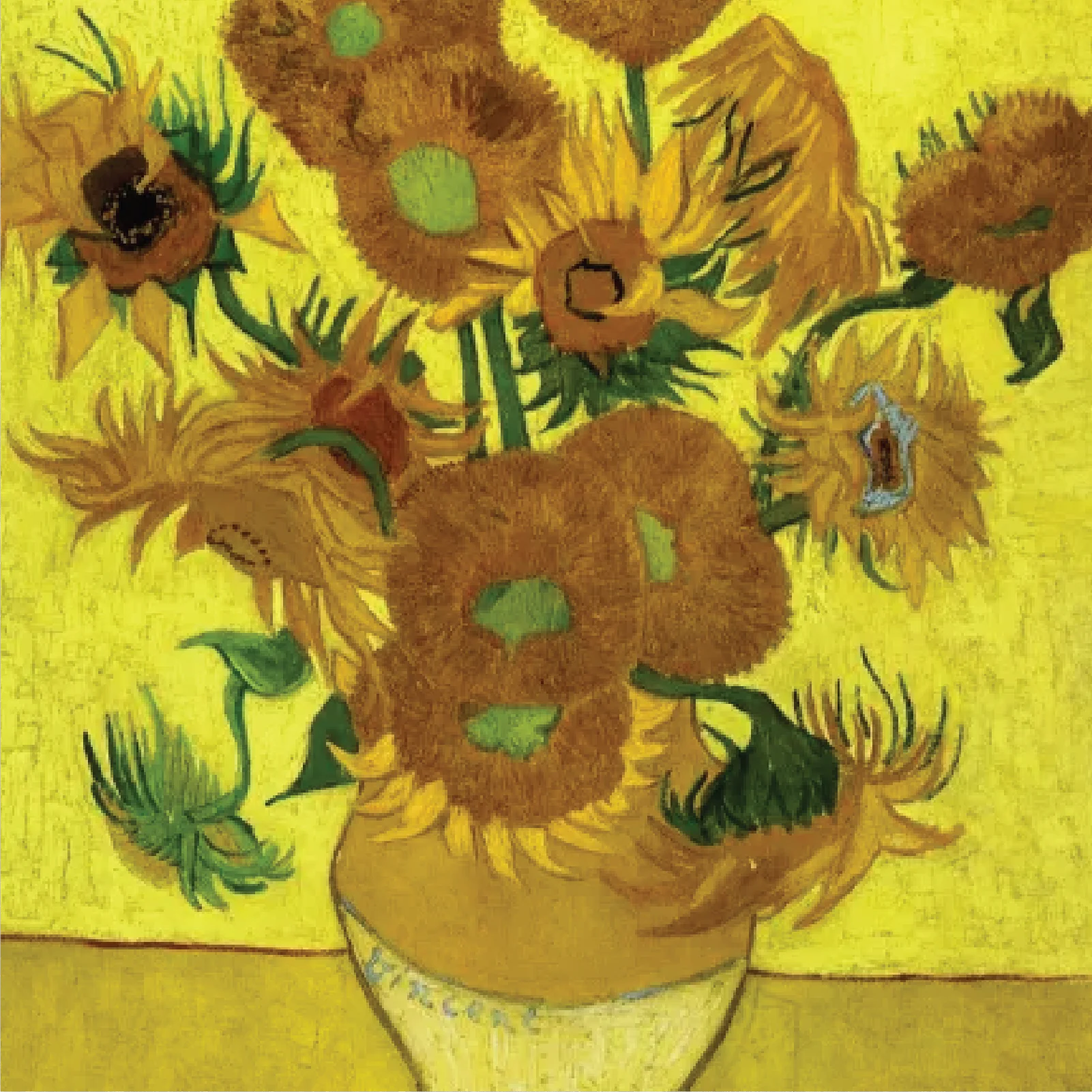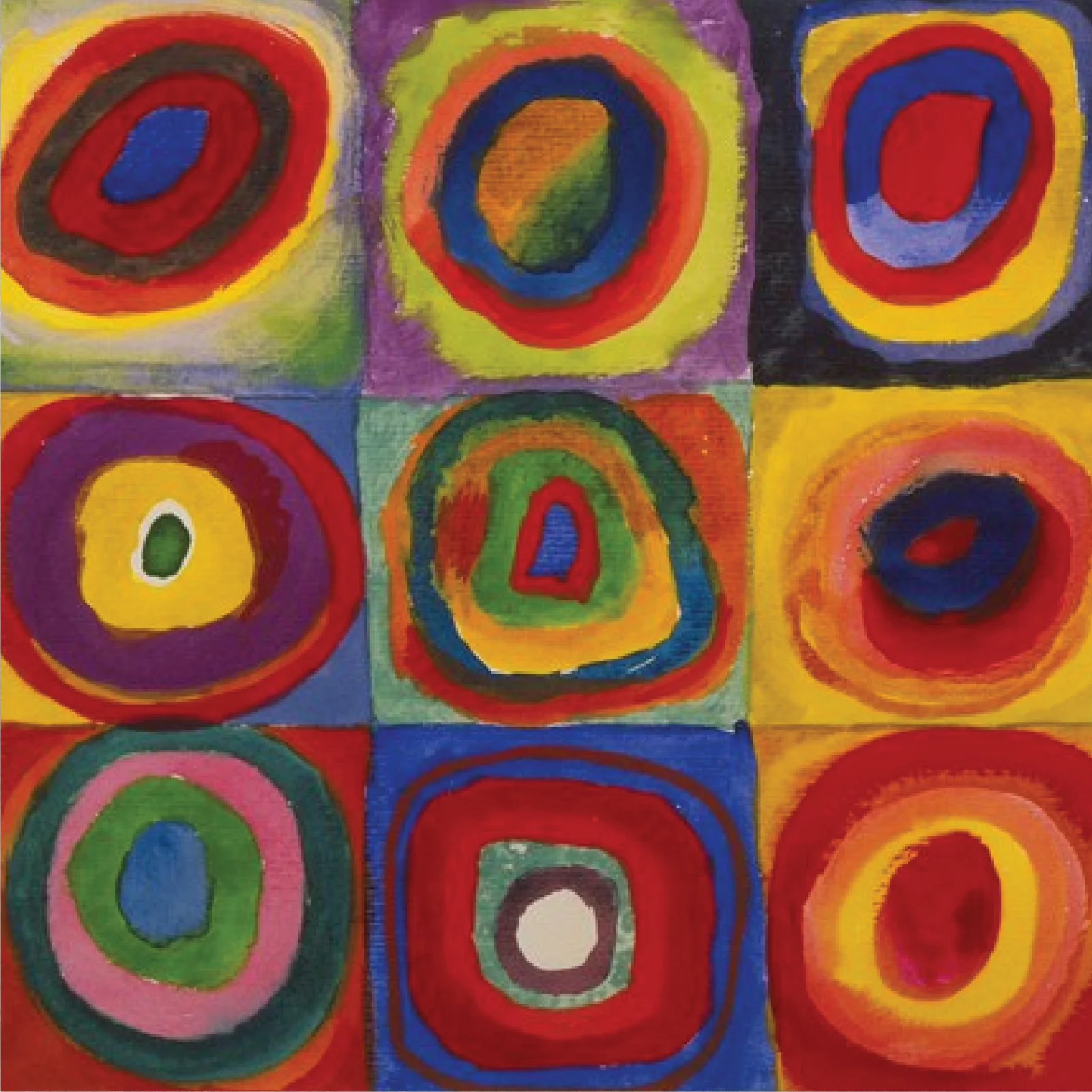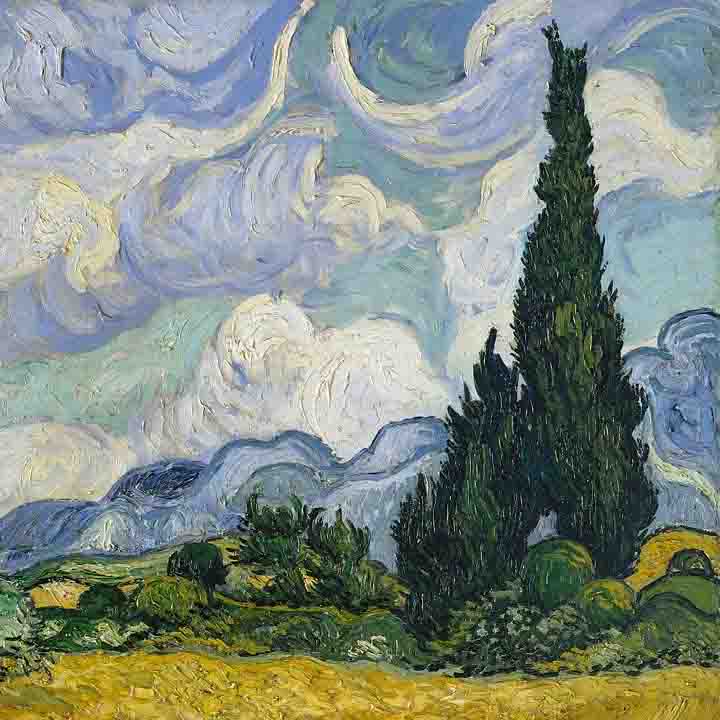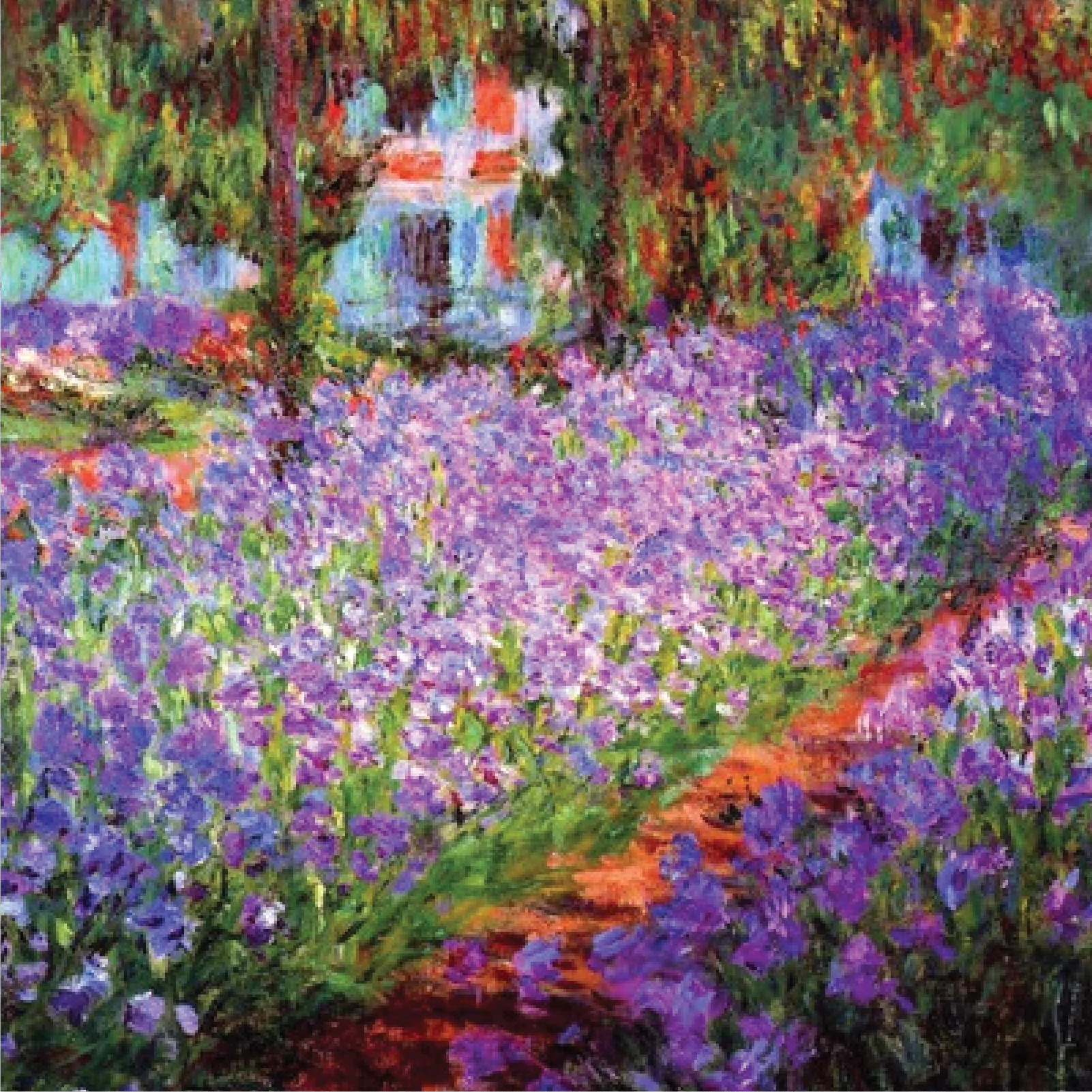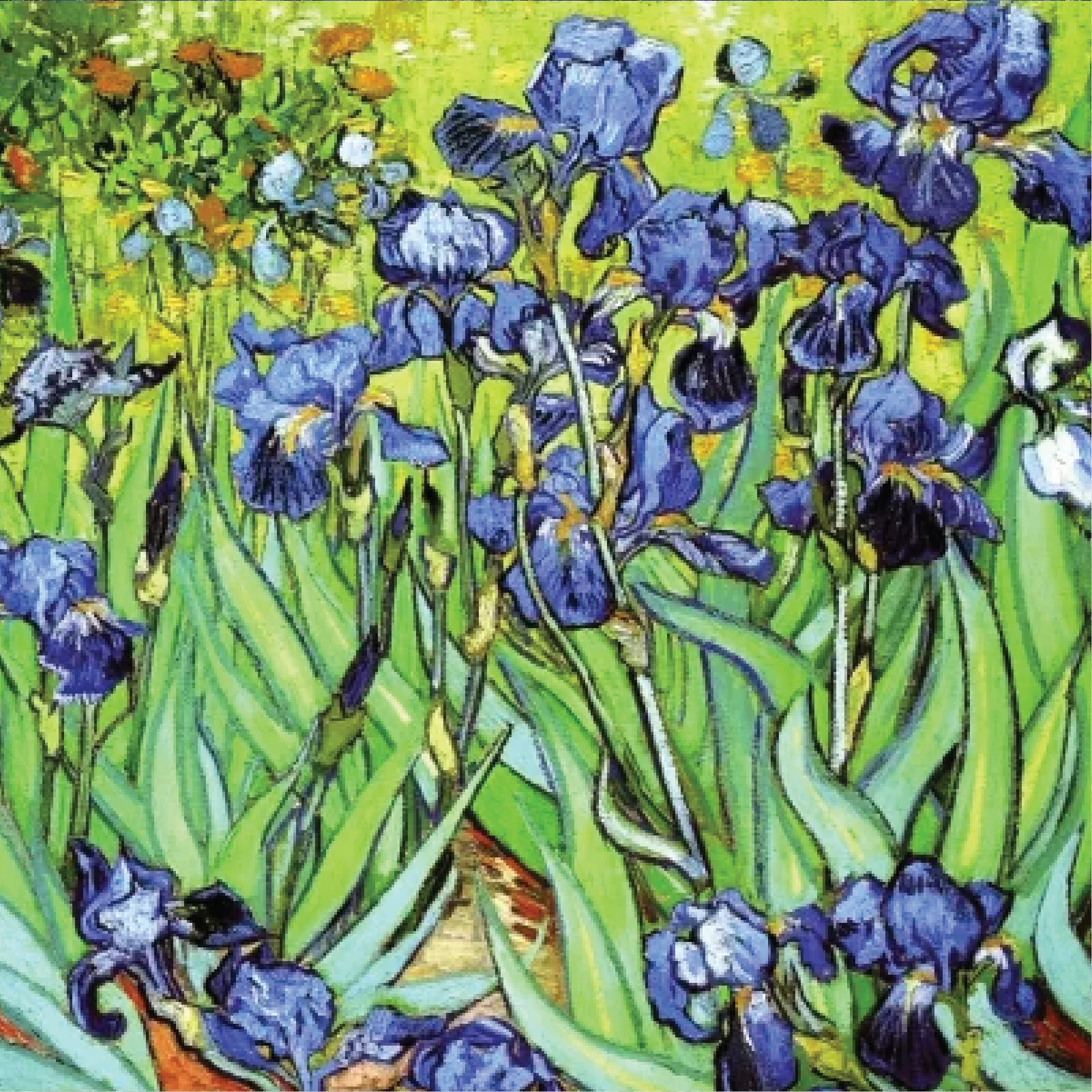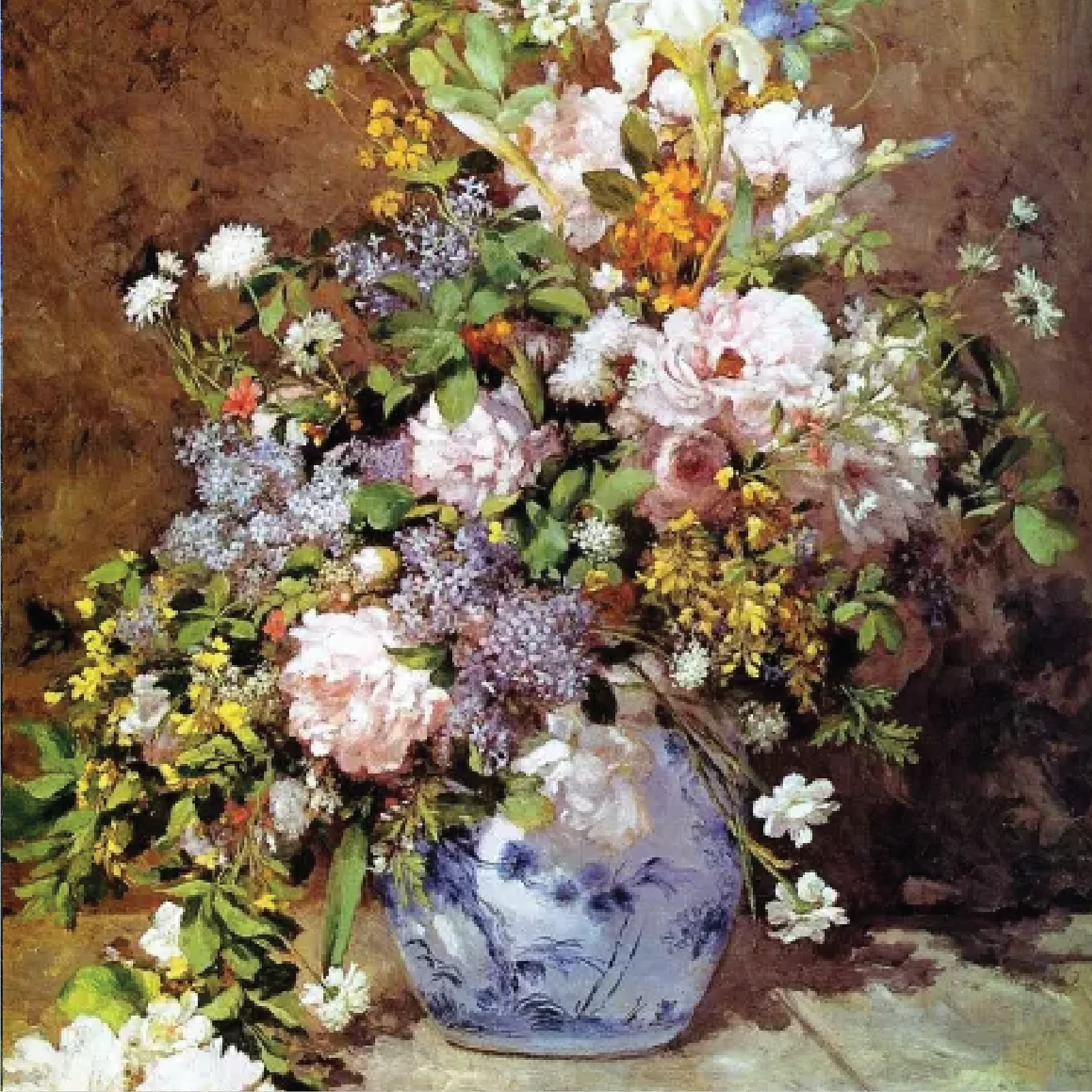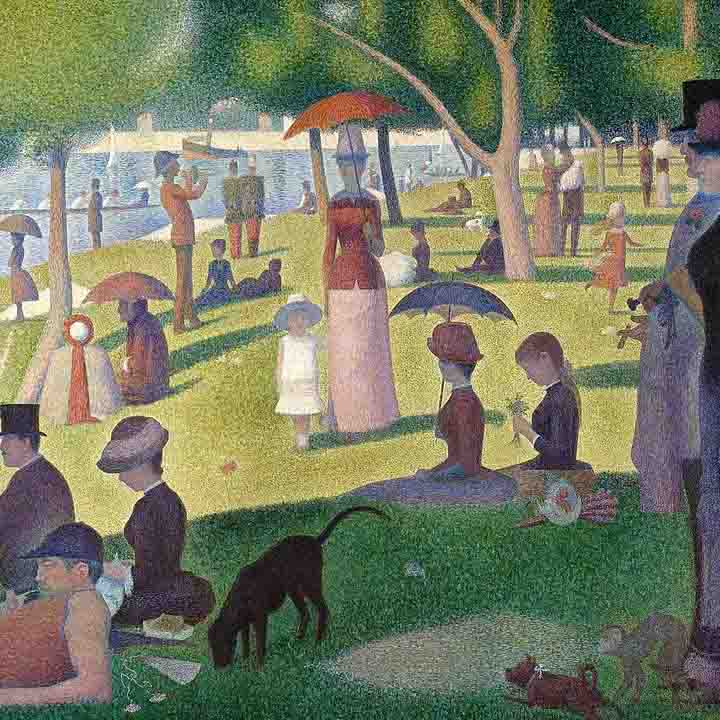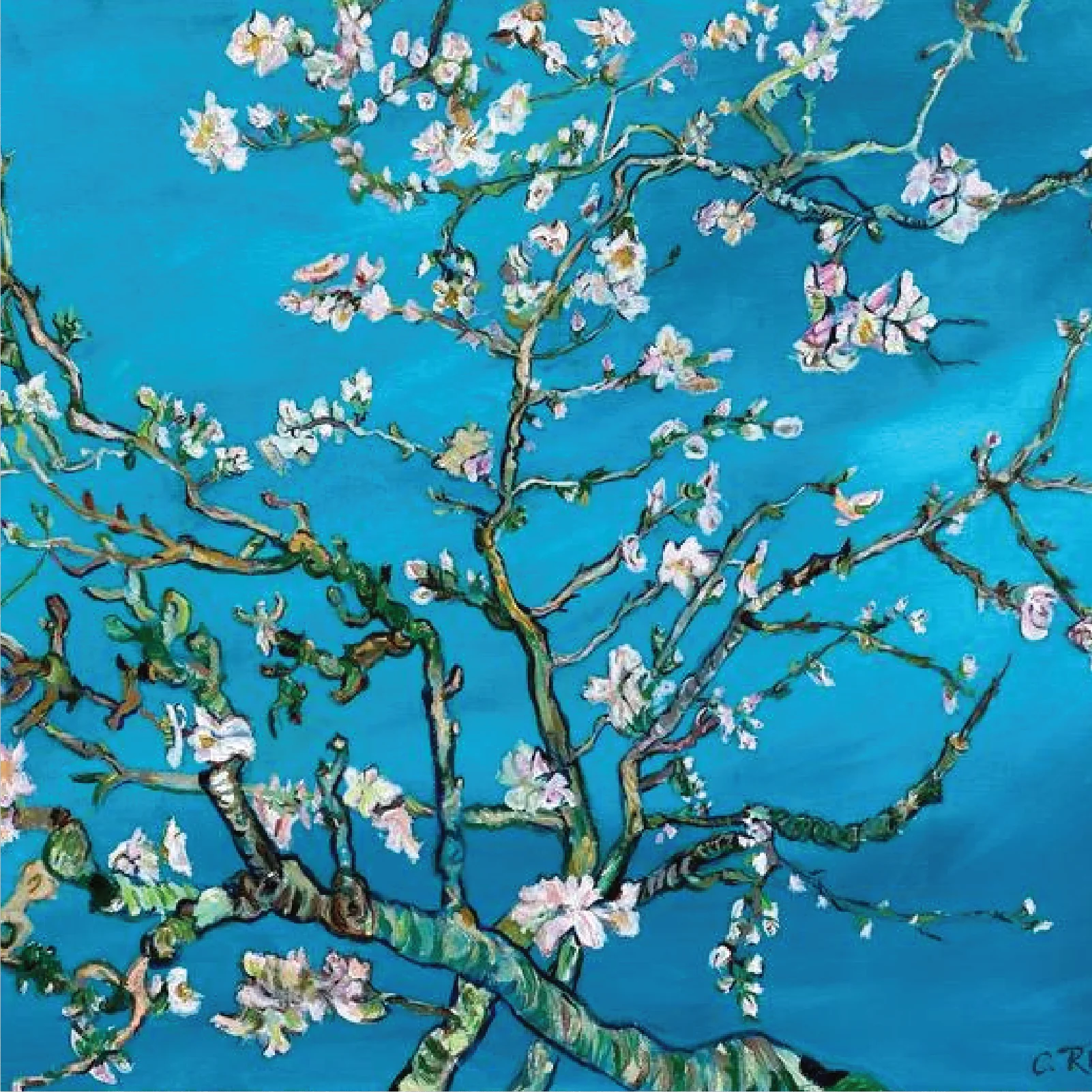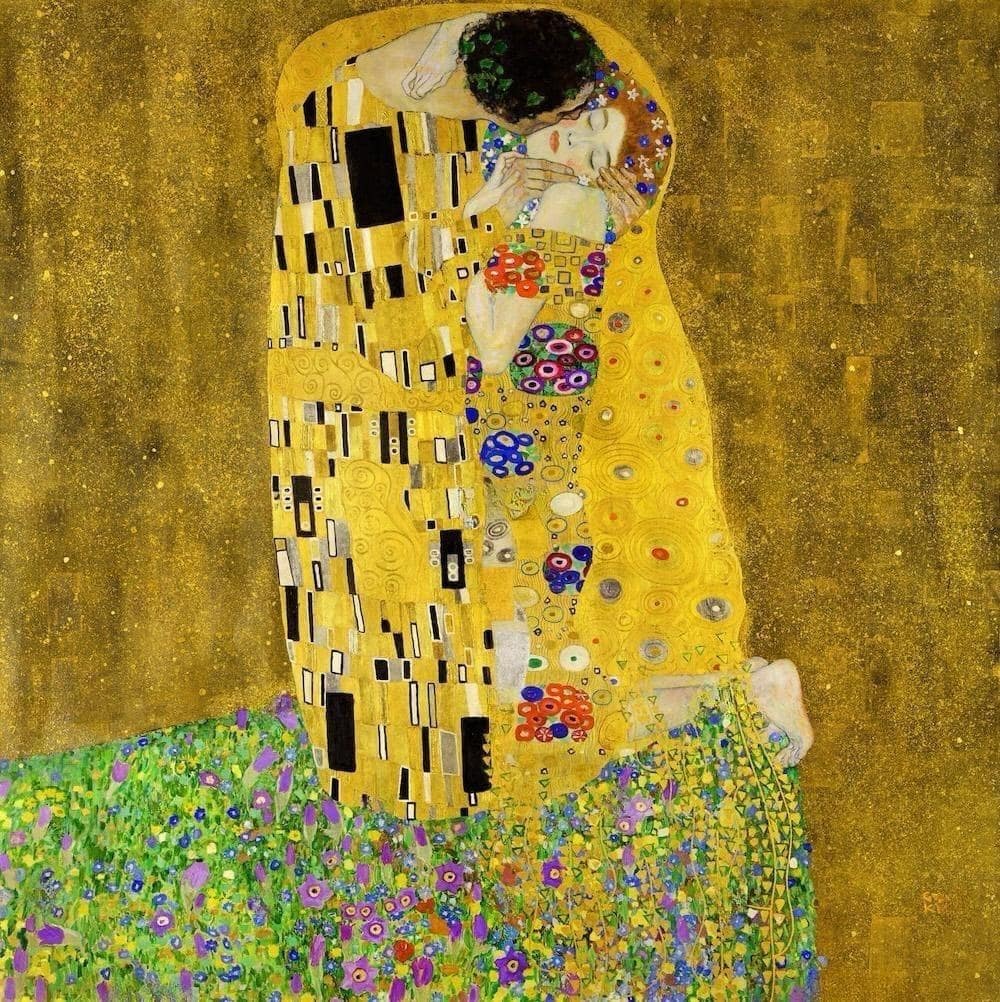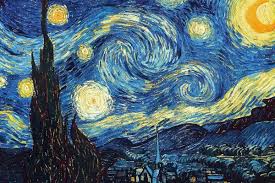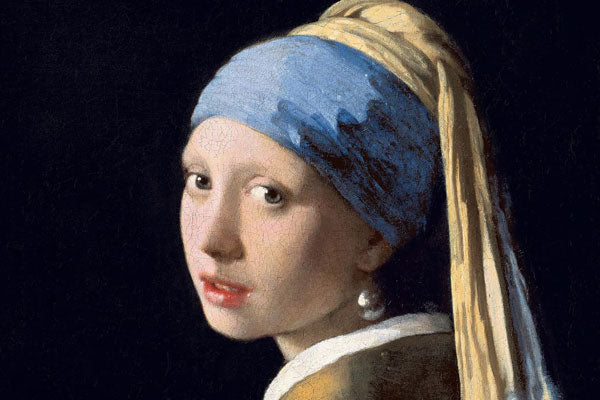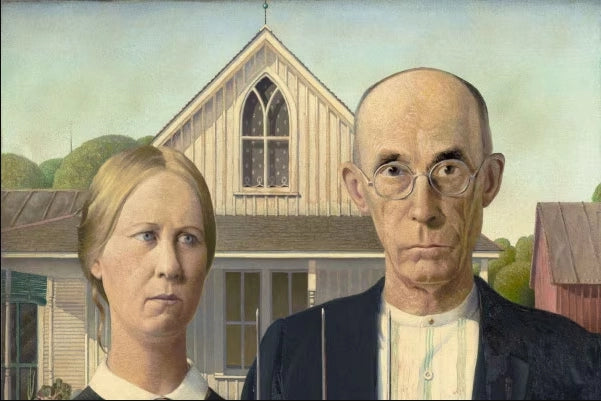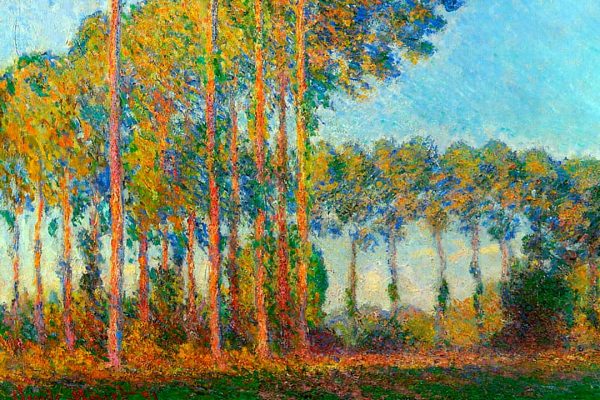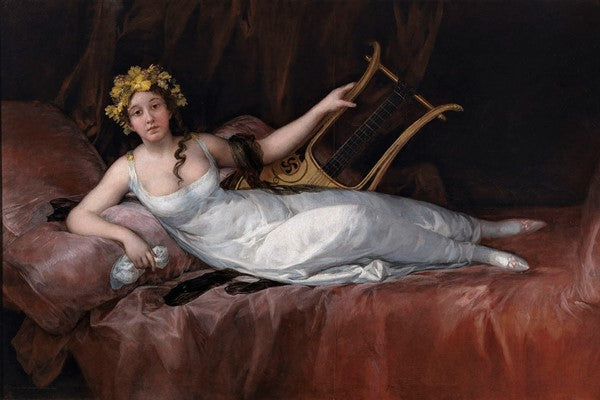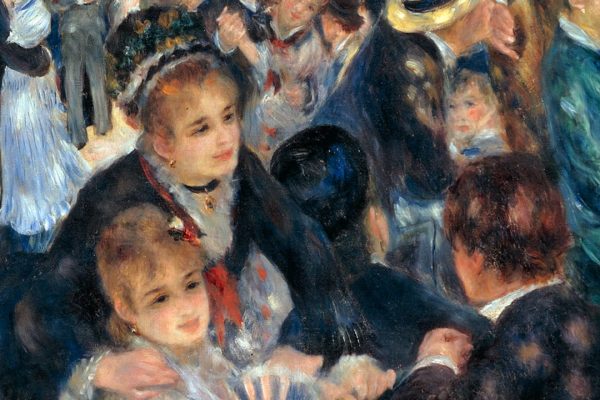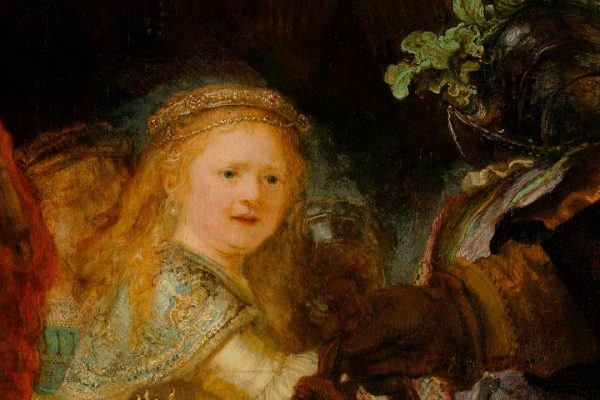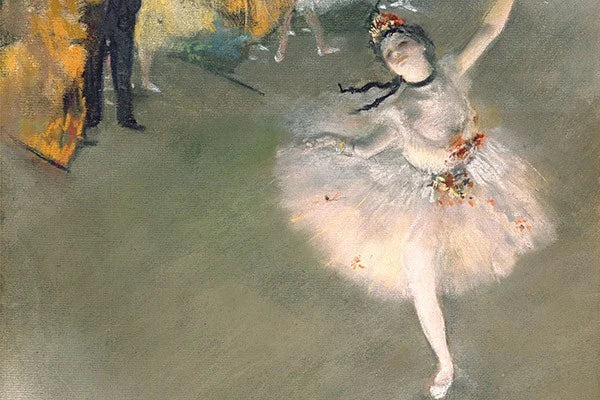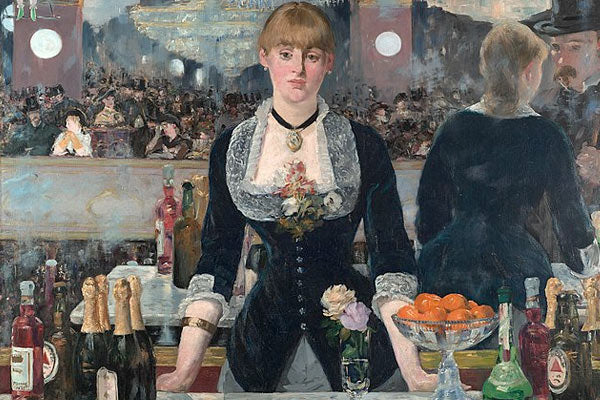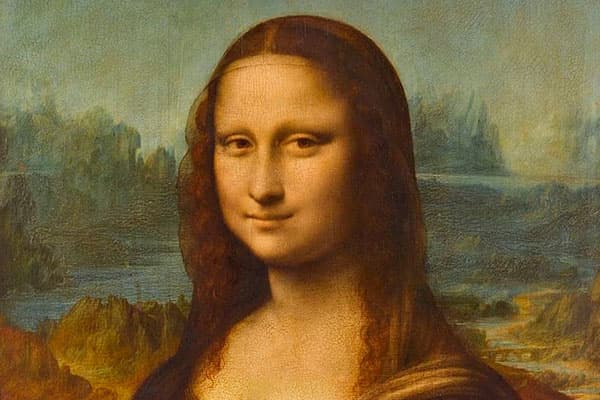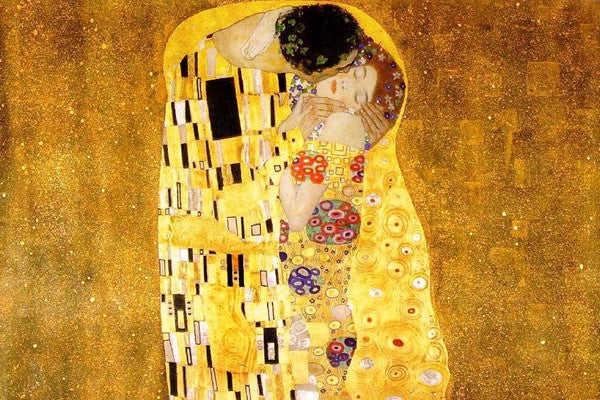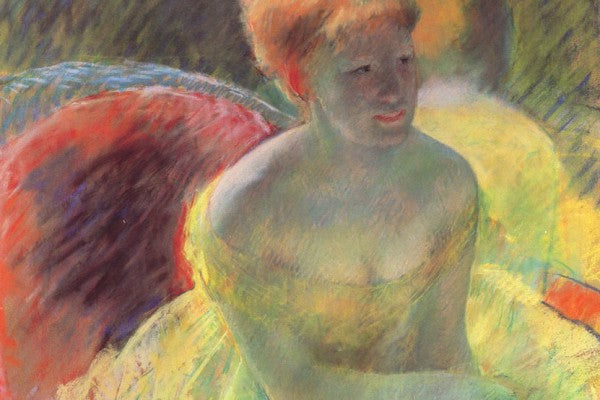At ART&See, we specialize in high-quality reproductions of original artwork, ensuring that art lovers, collectors, and designers can own stunning oil painting reproductions. Whether you admire old masters or contemporary professional artists, we provide hand-painted reproductions of oil paintings that match the detail and texture of the original piece. So, how are paintings reproduced?
Using reproduction techniques such as make prints, high resolution giclee printing, engraving, and traditional paint in the style methods, we create fine art pieces that remain as close as possible to the original. If you’re an artist looking to sell prints of paintings, our services can help you reproduce your artwork with archival quality materials for exhibitions, galleries, or personal collections.
ART&See specializes in creating oil painting reproductions that reflect the mastery and elegance of history’s greatest artists.
Introduction: The Art of Original Painting Reproduction
Art reproduction has been around for centuries, allowing many artists to reproduce their artwork and make it accessible to a broader audience. Whether you are a collector looking for a fine art print of a famous artist, an artist wanting to sell prints of your original painting, or someone interested in methods like giclee printing, understanding the reproduction techniques behind high-quality art prints is crucial.

In this guide, we’ll explore how original oil and acrylic paintings are reproduced using high-resolution photography, digital prints, and fine art paper and canvas to maintain archival quality and match to the original as closely as possible.
Why Artists Reproduce Their Artwork
Reproducing an original artwork offers several advantages:
-
Making Art More Accessible – Fine art prints allow collectors to own high-quality reproductions of famous artists or contemporary pieces at a lower cost.
-
Selling Art – Many professional artists create prints of their work to sell at art fairs, exhibitions, and online.
-
Preserving the Original Piece – Reproductions of oil paintings help protect fragile original works while still allowing them to be displayed.
-
Increasing Visibility – Selling art online and at art fairs and exhibitions helps artists expand their reach and gain recognition.
-
Creating Limited Edition Prints – Artists can offer limited edition prints of paintings, making their original work more valuable.
How Are Paintings Reproduced: Methods of Painting Art Reproduction
1. Hand-Painted Reproductions
This method involves professional artists recreating an original painting using oil on canvas or acrylic paint. It is often used for oil painting reproductions of old masters and famous artists. The artist must carefully replicate the texture of the original, ensuring high-quality detail.

2. High-Resolution Photography and Scanning
For fine art prints, the original artwork must be scanned or photographed using a quality camera to create a high-resolution photograph. This ensures that the final digital image captures the true colors and details of the original piece of artwork.
-
Dots per inch (DPI) – A high-resolution scan should be at least 300 DPI to maintain print quality.
-
CMYK vs. RGB – CMYK is used for printing, while RGB is used for digital screens. Converting correctly ensures color reproduction accuracy.
3. Giclee Printing: The Gold Standard
Giclee printing is a premium inkjet printer method that uses archival quality inks and fine art papers to reproduce their artwork with exceptional detail and texture. This process is used for limited edition prints and high-quality reproductions.
-
Ink is applied in layers to mimic the texture of an original.
-
Uses acid-free paper or canvas to ensure long-lasting durability.
-
Provides museum-quality fine art prints.
4. Engraving and Lithography
Before digital methods, engraving and lithography were popular ways to reproduce an original. Artists would etch the artwork onto metal plates or limestone, then use ink prints to transfer the image onto paper.
5. Offset Printing for Mass Production
For mass-produced prints of paintings, offset printing is used. It is a cost-effective way to create copies of your art in large quantities but lacks the high-quality print standards of giclee printing.
Choosing the Right Materials for Reproduction
Artists and collectors have several options when deciding on materials for art reproduction:
Paper or Canvas?
-
Fine art paper and canvas are the two most popular choices.
-
Canvas prints mimic oil paintings, while paper prints offer a modern, sleek look.
Archival Quality Inks
-
Archival inkjet inks prevent fading over time.
-
High-quality ink prints retain vibrancy for decades.
Framing and Display
-
Fine art prints can be framed for galleries or exhibitions.
-
Unframed prints allow customers to choose their own display options.
Selling Reproduced Artwork
1. Selling Online
Artists can sell prints on websites like Stackhouse Printery, Etsy, and personal online stores. Digital prints of their work make it easy to reach a broader audience.
2. Art Fairs and Exhibitions
Selling at art fairs and art shows allows artists to showcase original artwork alongside prints made for buyers at different price points.
3. Working with Galleries
Many galleries sell limited edition high-quality reproductions alongside original paintings to cater to different budgets.
Art Forgery vs. Reproduction
While art reproduction is a widely accepted and legal practice, art forgery is an unethical and illegal act that involves deliberately deceiving buyers into believing that a copy of a painting is an original artwork. Understanding the difference between art reproduction and forgery is crucial for both artists and collectors to ensure authenticity and transparency in the art market.
A reproduction is a fine art print or a hand-painted replica created with the clear intention of honoring or preserving the original painting. These high-quality reproductions are often labeled as such and sold legally in galleries, art fairs, and exhibitions, or online. Many professional artists create prints of paintings to make their art more accessible, and collectors enjoy purchasing museum-quality copies of famous artists without the high costs of acquiring the original work.

On the other hand, art forgery involves deceit, where a forger attempts to pass off a reproduction as an authentic piece from the original artist. Forgeries often mimic the brush strokes, texture, and composition of the original painting, sometimes even faking the artist’s signature to increase its price. Some forgers go as far as artificially aging the canvas or using period-specific materials to make their copies of artwork appear genuine.
To avoid purchasing forgeries, buyers should verify the artwork’s provenance, request certificates of authenticity, and buy from reputable galleries or sellers. While reproductions of oil paintings serve an artistic and educational purpose, art forgery is a serious crime that can result in legal action.
Final Thoughts: The Future of Painting Reproduction
As technology advances, high-quality reproductions are becoming more accessible, allowing many artists to reproduce their artwork with varying levels of quality. Whether you’re an artist looking to sell prints, a collector wanting a fine art print, or a gallery searching for archival-quality reproductions, there are numerous options to cater to every need. Hope so, now you know how are paintings reproduced.
Experience the beauty of fine art without the high cost. Shop hand-painted reproductions at Art & See and bring home a timeless treasure today.
At ART&See, we ensure that every original artwork is reproduced with precision, whether through giclee printing, oil painting reproduction, or fine art paper and canvas printing. Want to reproduce your artwork? Contact us today and let us help you preserve and share your original piece of artwork with the world.
